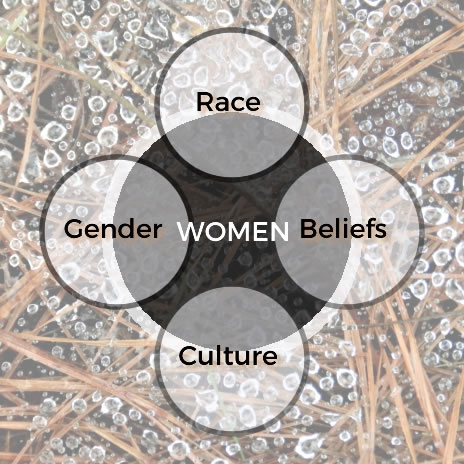Chemotypes
Chemotypes
I have just started my new venture. It is an e-commerce site featuring QUALITY essential oils.
William Chambers, a master in the arts of essential oils, provided me with some sourcing information as well as some safety precaution guidelines:
I asked him to explain to me why he included the following description in the sourcing information for the rosemary which I just ordered: “ct: 1,8” and the word “cineole”. He explained that, for rosemary, 1.8 cineole is the most used, ‘eucalyptus-smelling’ variety. William said that, although the camphor variety is sometimes used, there are safety precautions that limit its use in larger doses, so it is not commonly used at all.
In William’s amazing way of simplifying the most complex information, he also gave me the following information: Some plant species produce what are called different ‘chemotypes’. Rosemary officinale can grow with a predominance of 3 different chemical varieties. Rosemary chemotypes are: ct: 1,8 cineole (aka ‘eucalyptol’) usually from Morocco; ct: camphor normally grown in Spain; and ct: bornyl acetate, and verbenone (or ct: bav) from France.
He explained that Thyme also has various chemotypes: ct’s: thymol, linalol, geraniol, thuyanol, citral. It is very important to know which chemotype one has, because of possible contraindications and safety data (one particular chemotype might be safe for use and another chemotype might be an irritant).
It is important to research and understand the chemotype information of other essential oils as well. Some oils, like geranium, may have many different chemotypes, but only a few are harvested and distilled.



